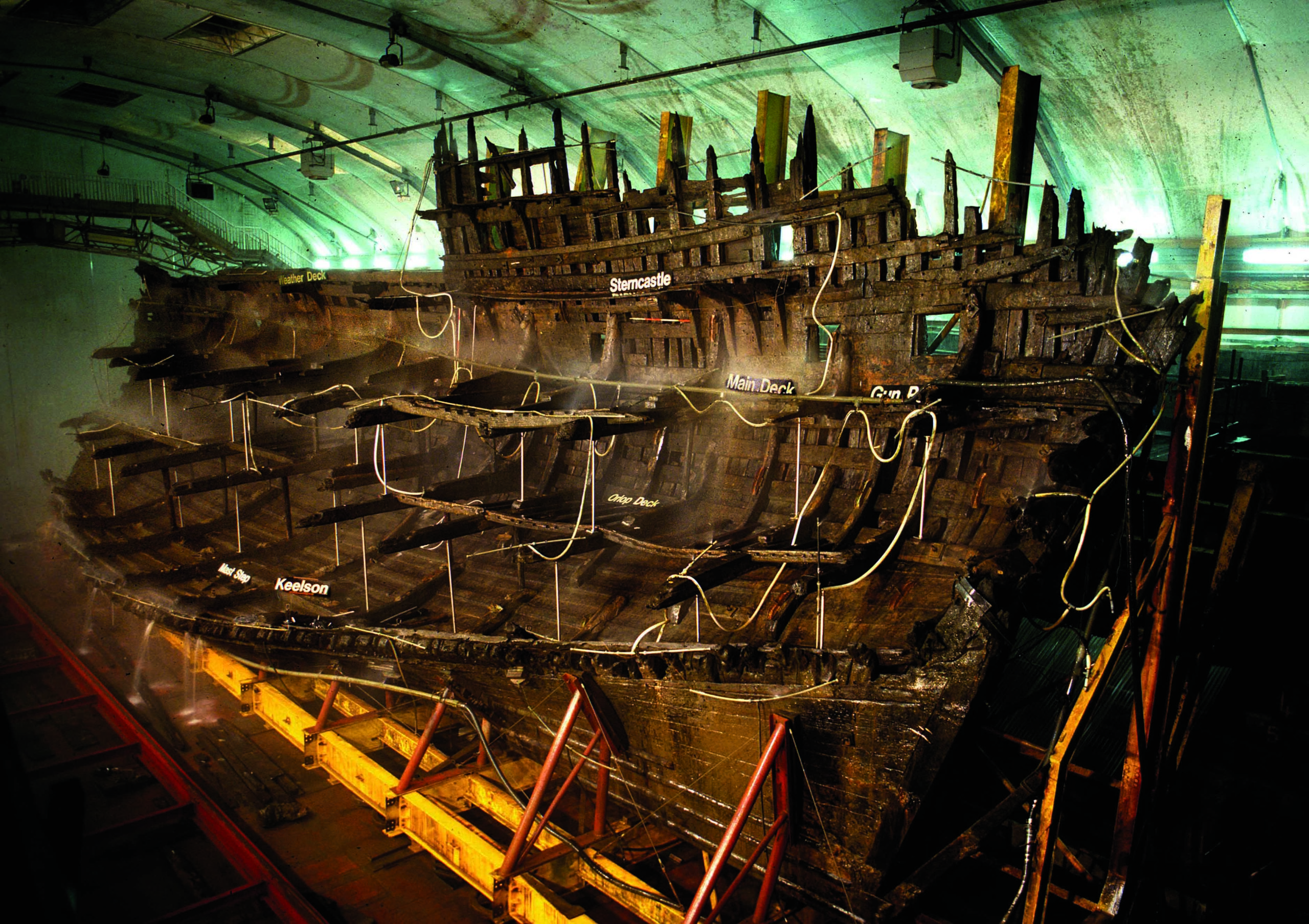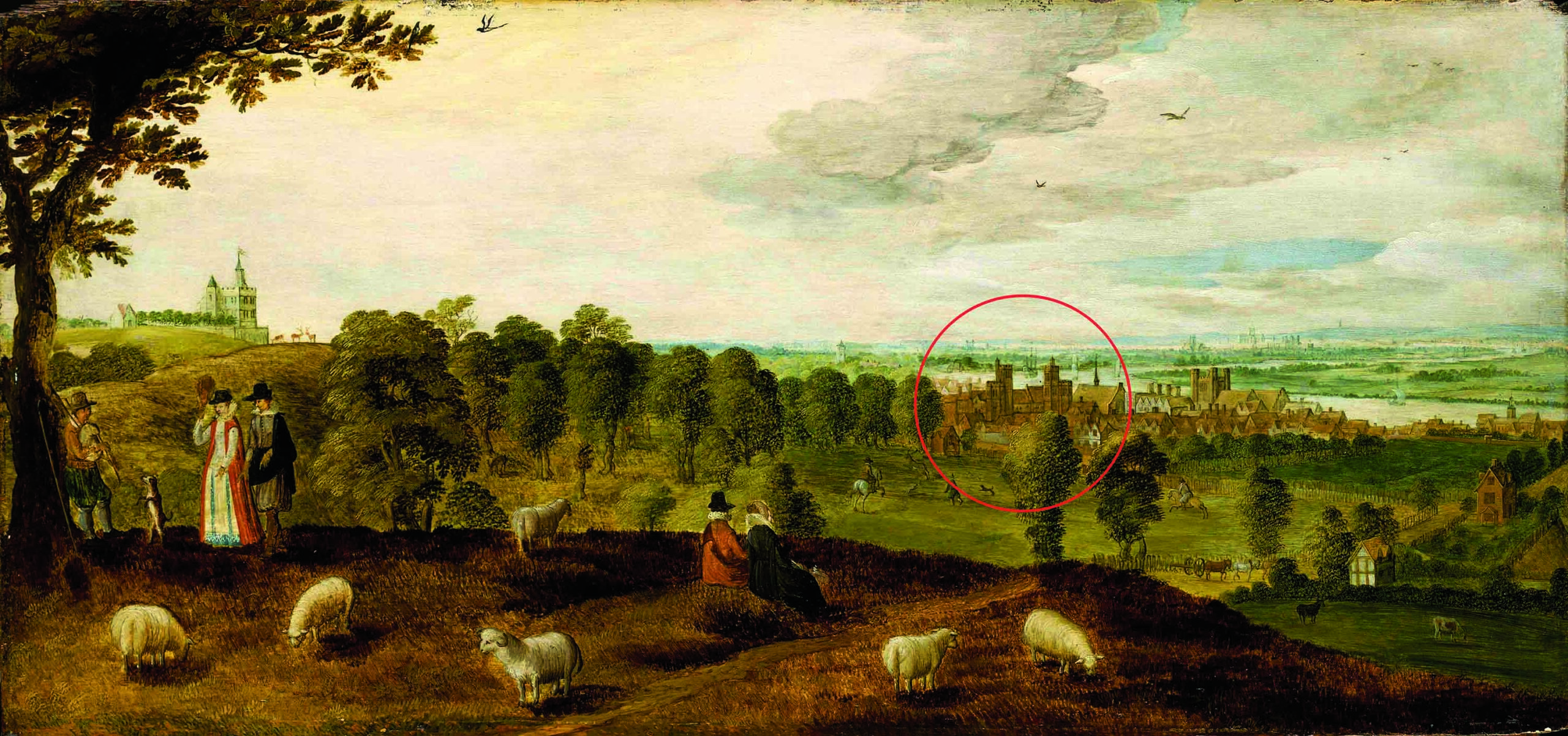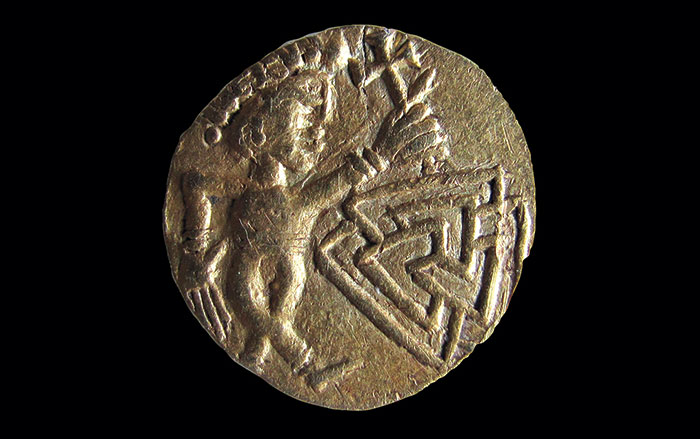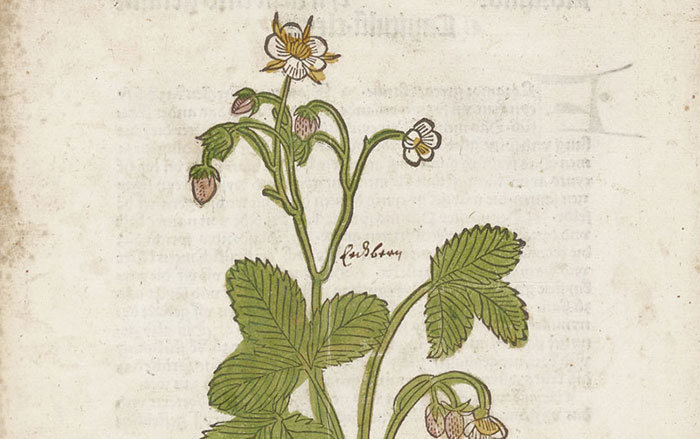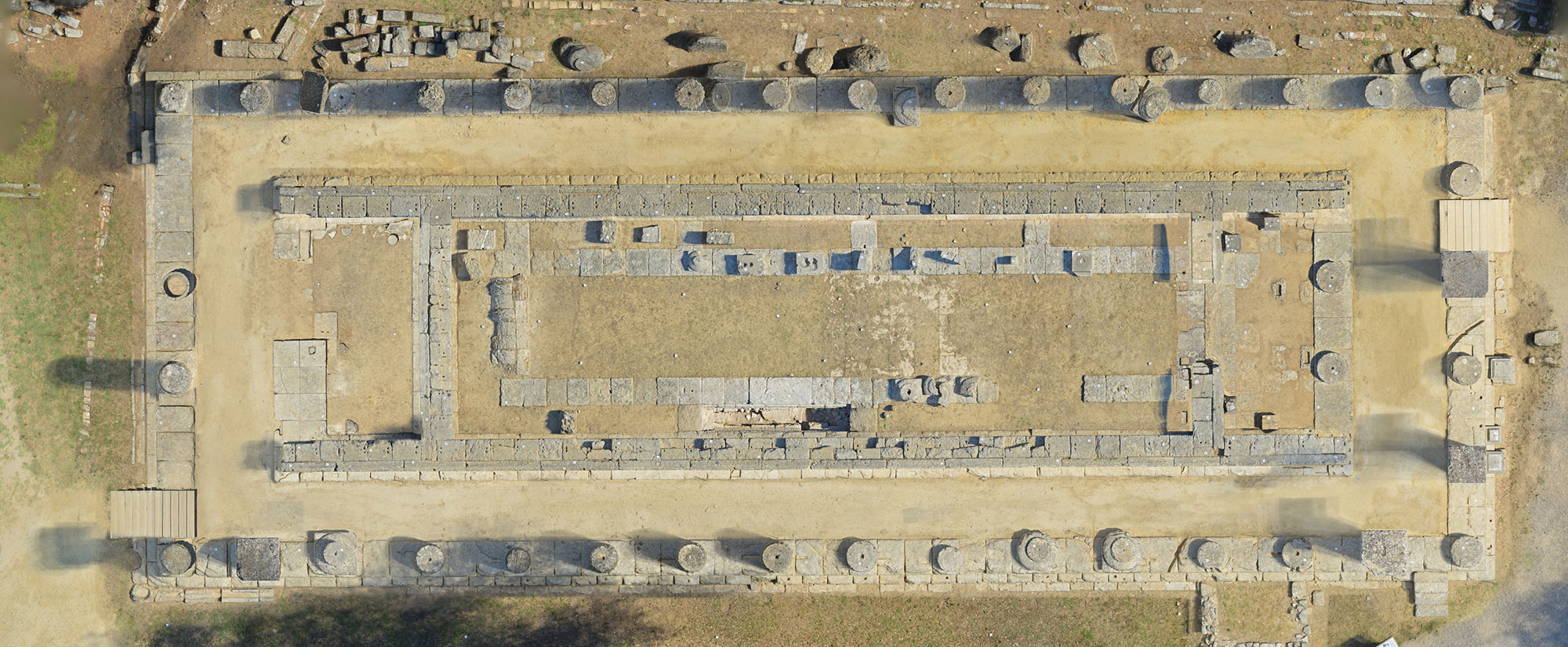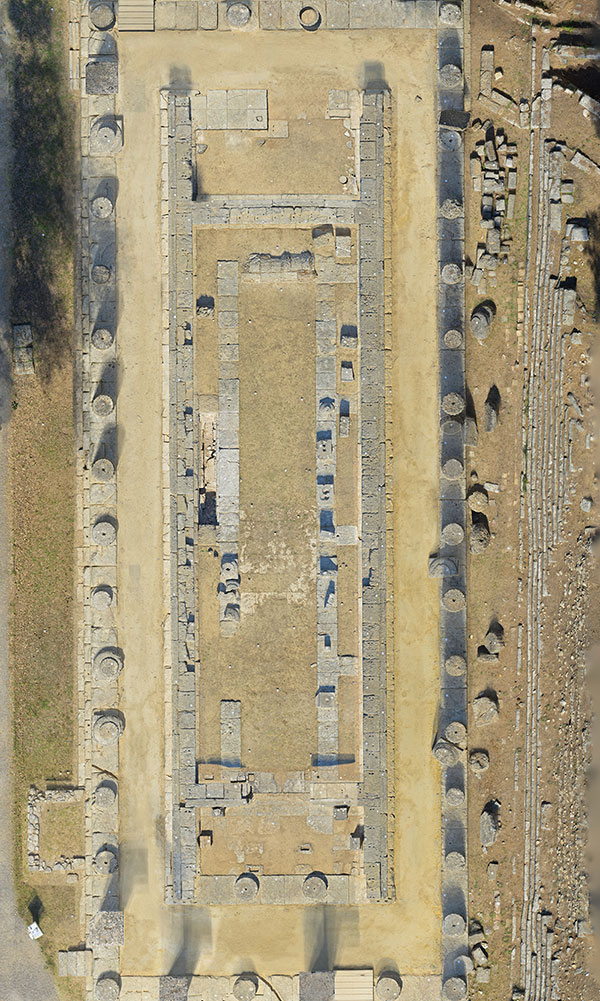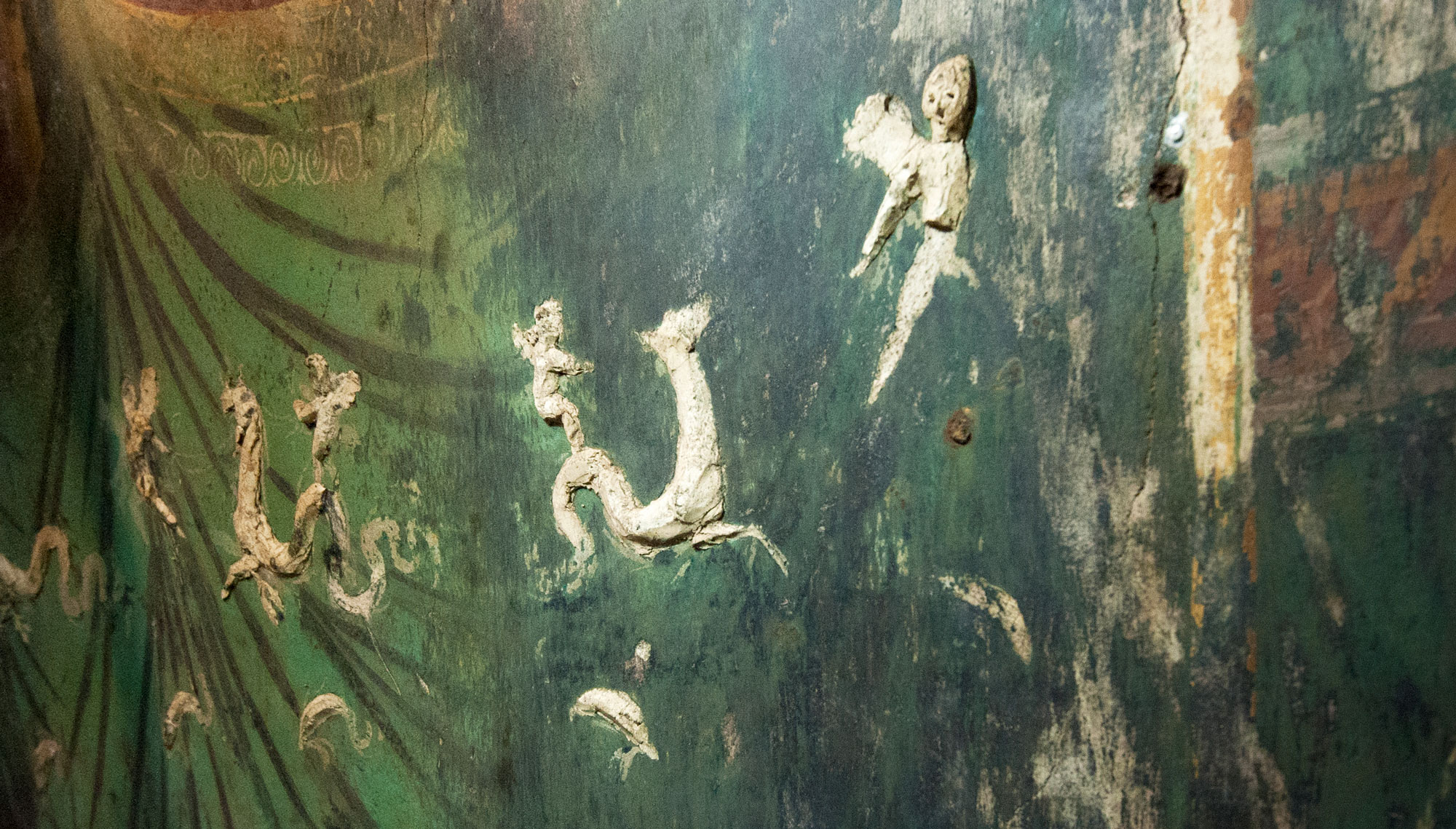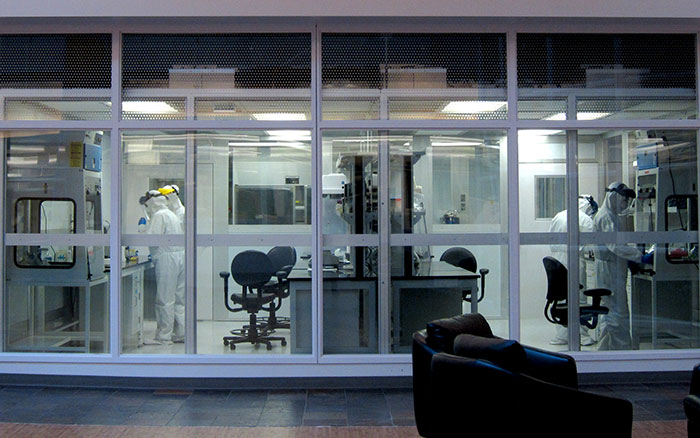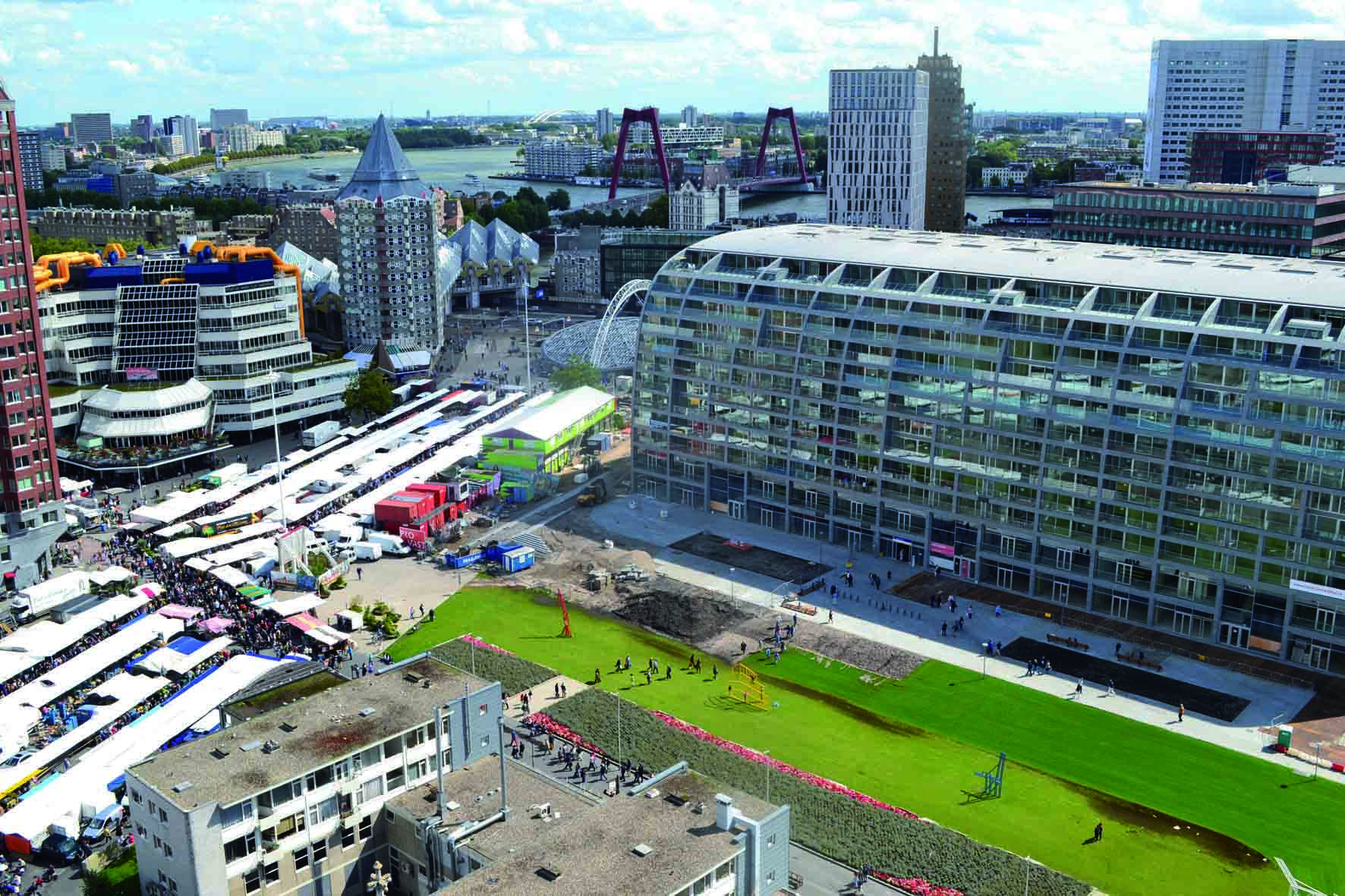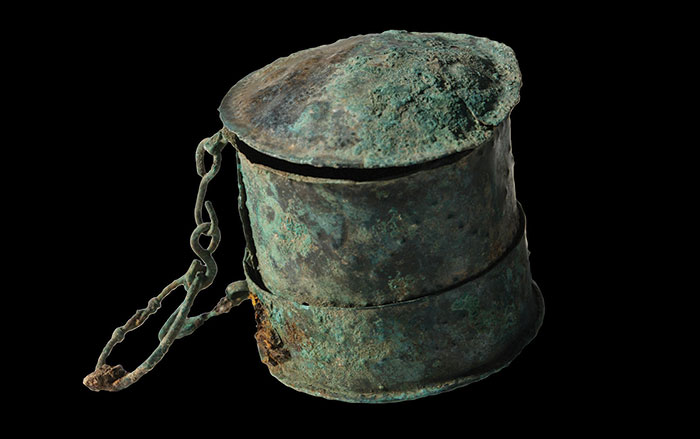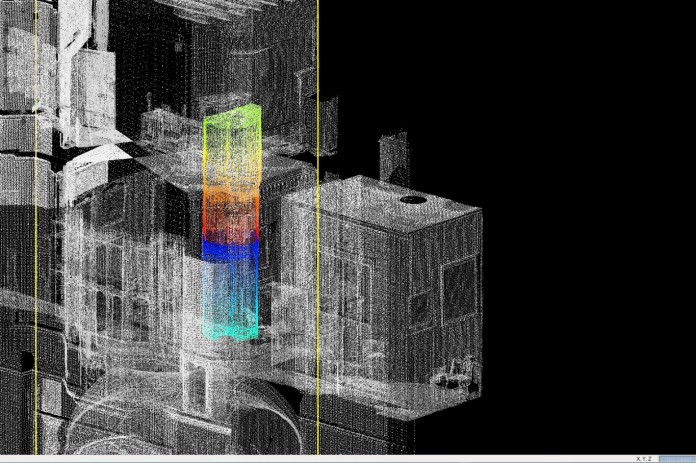
NOTTINGHAM, ENGLAND—The Stratford-upon-Avon Herald reports that a research team led by Chris King, Lukasz Bonenbergand, and Sean Ince of the University of Nottingham has used new scanning technology to produce a 3-D map of a priest hole hidden at Coughton Court, a Tudor country house in Warwickshire. A priest hole was a concealed, secret chamber where a Catholic priest could hide during the religious persecution that followed the English Reformation in the seventeenth century. The priest hole at Coughton Court was first found in a turret of the main gatehouse in the 1850s. It contained a rope ladder, bedding, and a portable altar. “At Coughton, the priest hole is hidden away out of sight, and the 3-D model will really help visitors to understand where it fits inside the building,” King said. For more, go to “Letter from England: Stronghold of the Kings in the North.”


